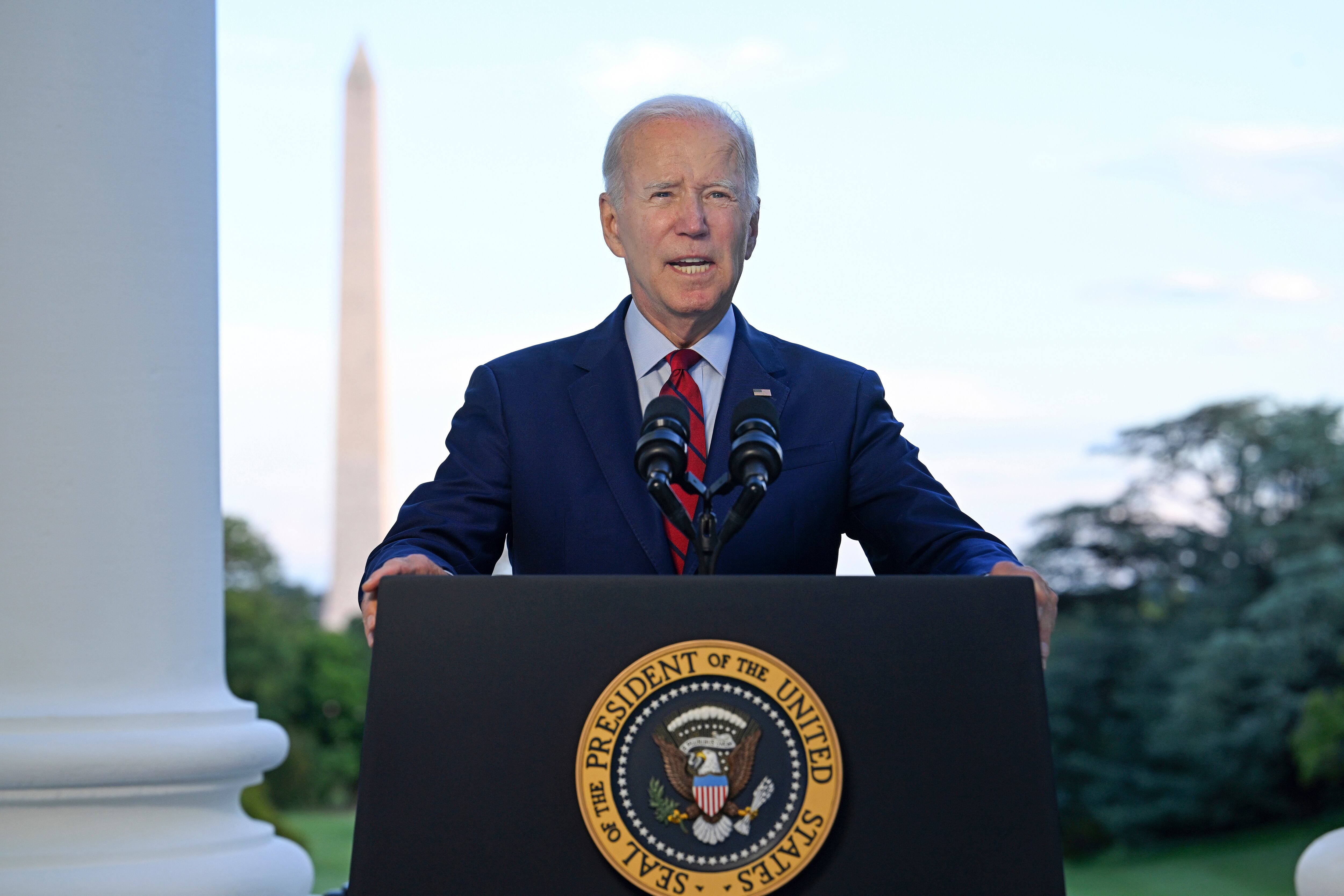Federal employees are in store for a 5.2% pay raise in 2024, according to President Joe Biden’s proposed budget for the upcoming fiscal year.
That would be the largest increase in nearly four decades for the U.S. government’s 2.1 million civil service employees.
“Federal employees are dedicated and talented professional public servants, often working demanding jobs,” the budget reads. “To continue to deliver for the American people in the 21st Century, the Federal Government must win the competition for highly-skilled talent.”
As is custom, each year the White House unveils the president’s funding requests for agencies and programs, offering a detailed look at priorities for the upcoming year to kick off the budget cycle. Pay raises for federal and military personnel are always highly anticipated, especially this year with inflation widening the double-digit wage gap between the public and private sector, and with agencies still reeling from staffing struggles exacerbated by the pandemic’s increased demand on public programs.
RELATED

Biden’s proposed raise sets only a baseline, which is likely to change as Congress debates it in coming months. Federal unions and some lawmakers were hoping for more. They said an increase of 8.7%, as called for by the Democrats’ FAIR Act, would go further to make federal salaries competitive, especially for high-demand jobs in cybersecurity, health care and IT.
Last March, the federal budget proposal included an average pay increase of 4.6% for civilian federal workers, matching a planned military pay raise.
Other initiatives
The budget sets intentions to invest in the civilian workforce in other ways. To invite diverse applicants to federal jobs, the White House wants agencies to base hiring practices on skills rather than educational qualifications alone. It also directs agencies to consider beefing up paid internships.
To help with those goals, the budget supports expanding the Office of Personnel Management’s Hiring Experience Office. It provides $464 million, $78 million over the 2023 enacted amount, for OPM’s salaries and expenses account to ensure it can serve the government’s various HR needs.
The budget also provides resources to improve personnel vetting under the Trusted Workforce 2.0 plan, which is a policy framework coupled with technology to better background investigate job candidates and issue security clearances. In 2019, 2.9 million government employees and private sector contractors held a federal security clearance.
RELATED

The Biden administrative also repeated its opposition against Schedule F and attacks on worker protections and unionization.
Improving customer experience
Improving the way the public interacts with agencies and the way agencies work with each other is another theme of this year’s budget proposal.
The budget requests an additional $200 million for the Technology Modernization Fund, which gives agencies a pool of money and resources to improve crumbling IT systems.
To ensure there are enough employees to deliver public services, the budget also wants to expand customer experience offices at nine high-volume departments, including the U.S. Departments of Agriculture, Commerce, Homeland Security, the Interior, Labor, the Treasury, Veterans Affairs, the Small Business Administration and the Social Security Administration.
That includes hiring more than 120 full-time workers with customer experience skills and incorporating public feedback and data in a “Voice of the Customer”program at seven agencies.
Biden also proposes a pilot program at the Transportation Security Agency to embed customer service officials in the traveler screening process to solicit public feedback. Other pitches include self-help passport renewal at the Department of State and online tax services at the IRS. Shared platforms used by multiply agencies are also a way services can be streamlined and workflow and data silos can be consolidated.
With regard to the $600 billion the government spends a year on contracts, the Biden administration wants to steer its procurement dollars toward small disadvantaged businesses. The goal remains for 15% of federal contract dollars to go to these enterprises by 2025.
Finally, the budget also wants contract dollars to promote environmental initiatives in and out agencies. Biden set a goal for carbon pollution free federal electricity by 2030, zero-emission vehicle acquisitions by 2035 and net-zero emissions in federal buildings by 2045.
How pay raises work
By law, federal employees’ salaries are set at a level “equitable and comparable” with similar levels of work in the private sector, unless the president proposes alternative federal pay rates. It’s not clear based on the budget what the breakdown will be between the across-the-board raise and locality pay.
Normally, under the Federal Employees Pay Comparability Act of 1990, law requires a default adjustment each year if the president takes no action.
The president has authority to circumvent the automatic rate set by the Pay Agent, which includes the directors of the White House Office of Management and Budget and Office of Personnel Management, as well as the secretary of labor.
Molly Weisner is a staff reporter for Federal Times where she covers labor, policy and contracting pertaining to the government workforce. She made previous stops at USA Today and McClatchy as a digital producer, and worked at The New York Times as a copy editor. Molly majored in journalism at the University of North Carolina at Chapel Hill.





